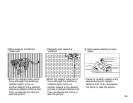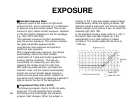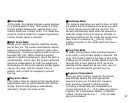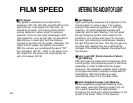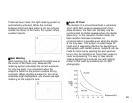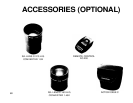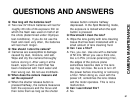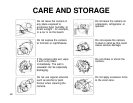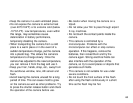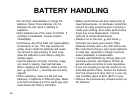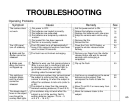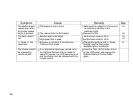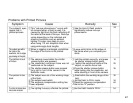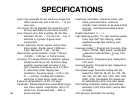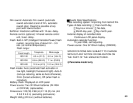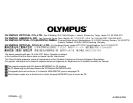
• Do not short, disassemble or charge the
batteries. Never throw batteries into fire
because this can result in splitting or
explosion.
• Store batteries out of the reach of children. If
a battery is swallowed, consult a doctor
immediately.
• Continuous use of the flash can cause battery
temperature to rise. This may activate the
safety circuit inside the batteries and cause
the camera to stop working. In such case,
allow the batteries to cool before using the
camera again.
• Use the batteries correctly. Incorrect usage
can result in leaking, heat and damage.
When replacing the batteries, make sure the
plus and minus terminals are correctly
aligned.
• When replacing, never mix old and new
batteries, or batteries of different types. Make
sure both terminals are of the same type and
same brand (DL123A or CR123A).
• Battery performance will drop temporarily at
lower temperatures. In cold areas, protect the
camera by using protective gear or placing it
inside your clothing. Even when performance
drops due to low temperature, it will be
restored at normal temperatures.
• Sweat or oil on the plus and minus
terminals can cause poor contact. Wipe
batteries carefully with a dry cloth before use.
• We recommend that you carry spare batteries
on long trips, especially in foreign countries
where availability is questionable.
• Insulate used batteries by affixing tape over
electrical contacts, and dispose of them as
general waste according to local regulations.
• If you are not going to use the camera for an
extended period of time, remove the batteries
from the camera and store them in a cool, dry
(low humidity) place at 20°C (68°F) or less.
• Observe the precautionary remarks written on
the batteries.
BATTERY HANDLING
64



